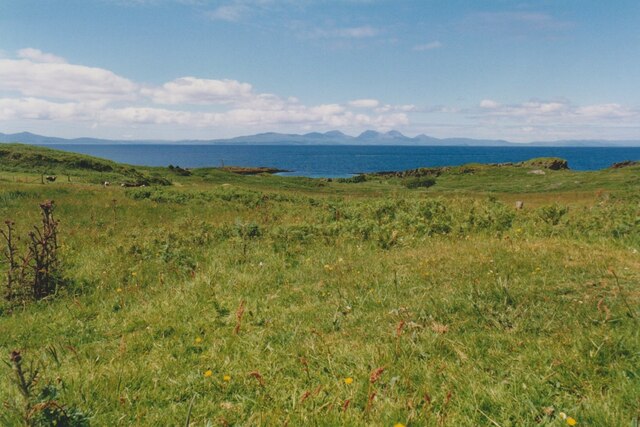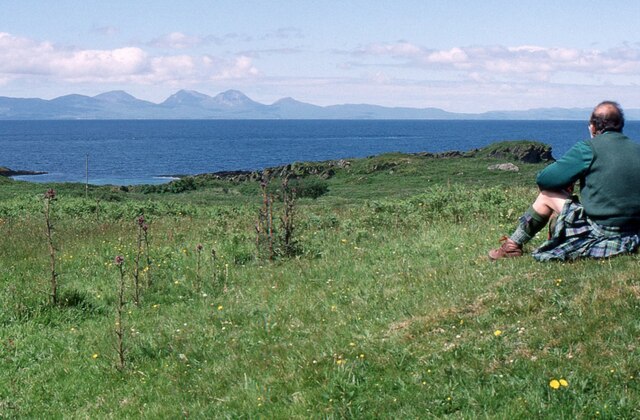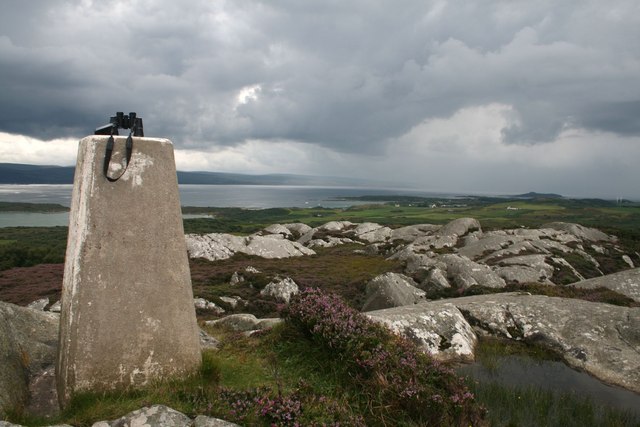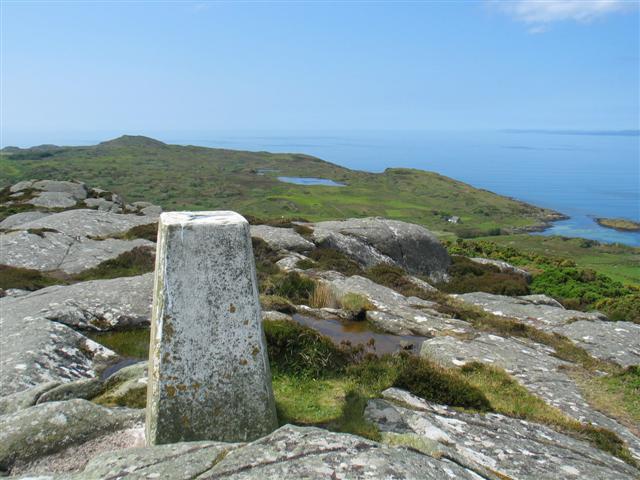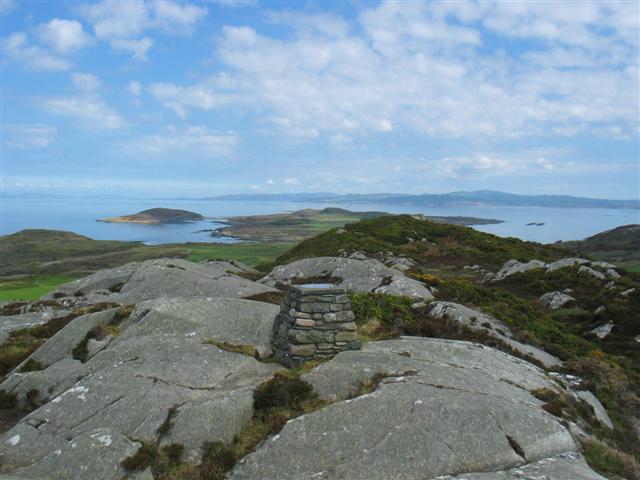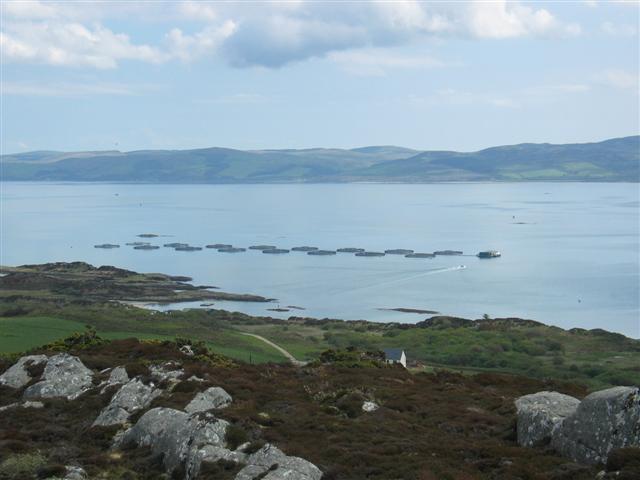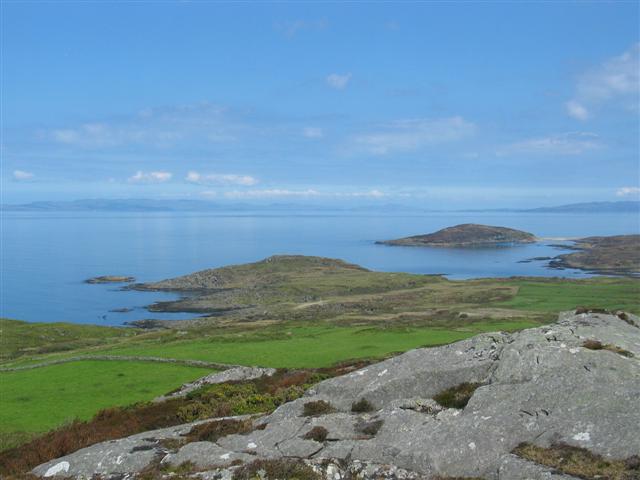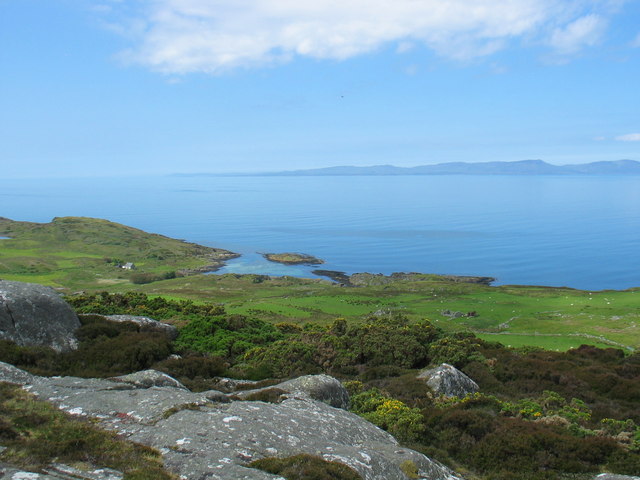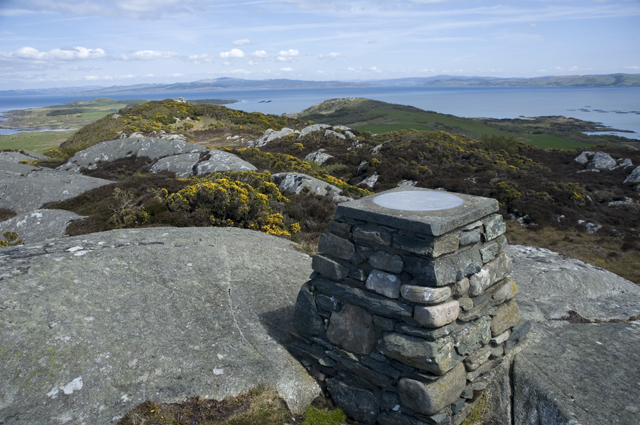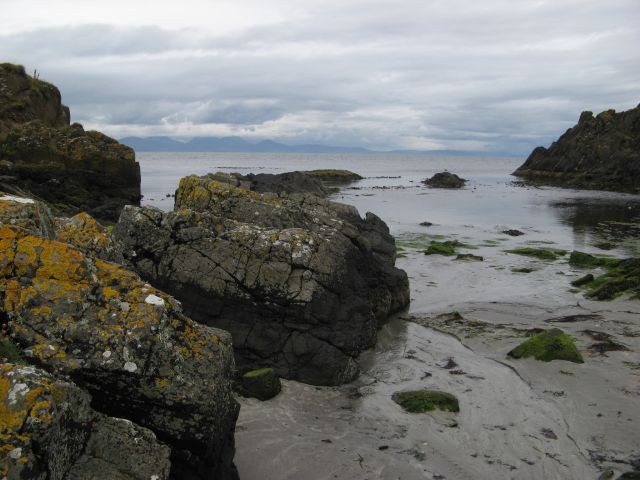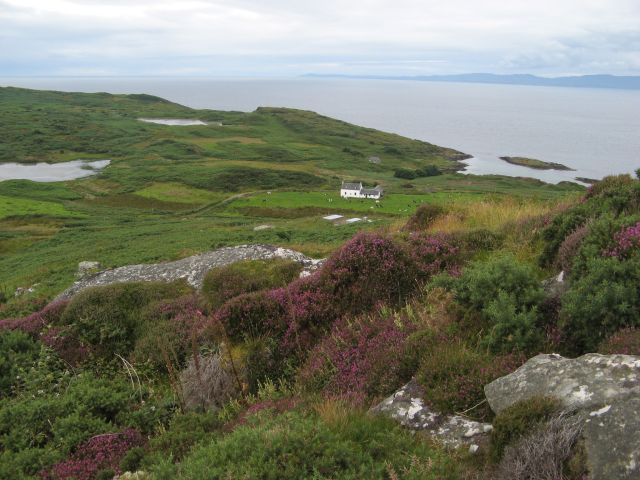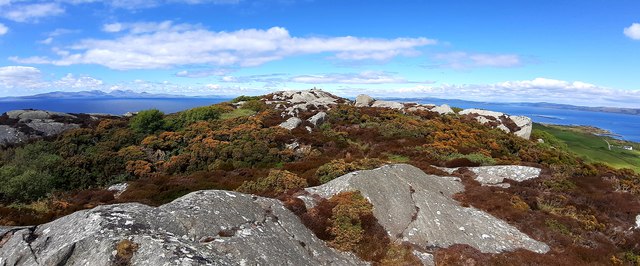Acairseid na h-Uamhaidh Mòire
Island in Argyllshire
Scotland
Acairseid na h-Uamhaidh Mòire
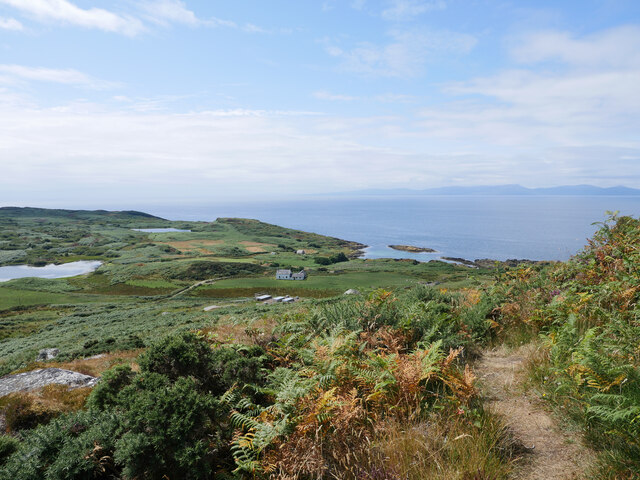
Acairseid na h-Uamhaidh Mòire is a small island located in Argyllshire, Scotland. Situated off the western coast of the mainland, it is part of the Inner Hebrides archipelago. With a total area of approximately 100 hectares, the island is characterized by its rugged landscape, with rocky cliffs and rolling hills dominating the scenery.
The name Acairseid na h-Uamhaidh Mòire translates to "archipelago of the big caves" in Scottish Gaelic. This name reflects the geological significance of the island, as it is home to several large sea caves that have been formed through years of erosion by the powerful waves of the Atlantic Ocean.
The island is uninhabited, with no permanent residents. However, it attracts a small number of visitors each year who come to explore its natural beauty and diverse wildlife. Acairseid na h-Uamhaidh Mòire is known for its rich bird population, with species such as puffins, guillemots, and razorbills nesting along the towering cliffs. Seal colonies can also be spotted lounging on the rocky shores.
Access to the island is predominantly by boat, with a few tour operators offering trips for visitors. The surrounding waters are popular among kayakers and divers, who are drawn to the abundance of marine life and the opportunity to explore the sea caves.
Overall, Acairseid na h-Uamhaidh Mòire is a remote and picturesque island, offering a unique and untouched natural environment for those seeking a tranquil and adventurous experience in the Scottish wilderness.
If you have any feedback on the listing, please let us know in the comments section below.
Acairseid na h-Uamhaidh Mòire Images
Images are sourced within 2km of 55.683398/-5.7663939 or Grid Reference NR6349. Thanks to Geograph Open Source API. All images are credited.

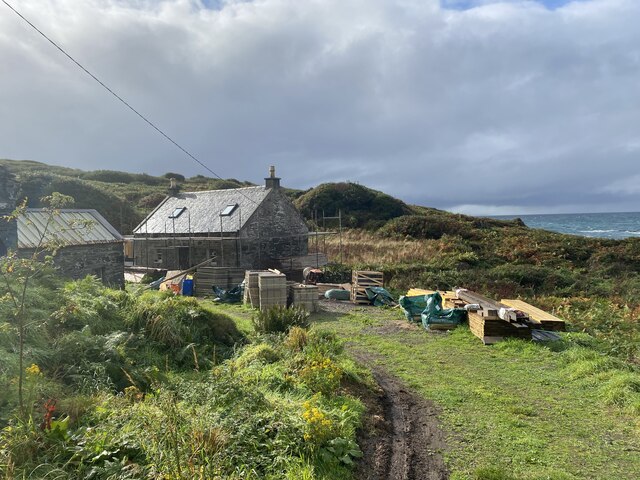
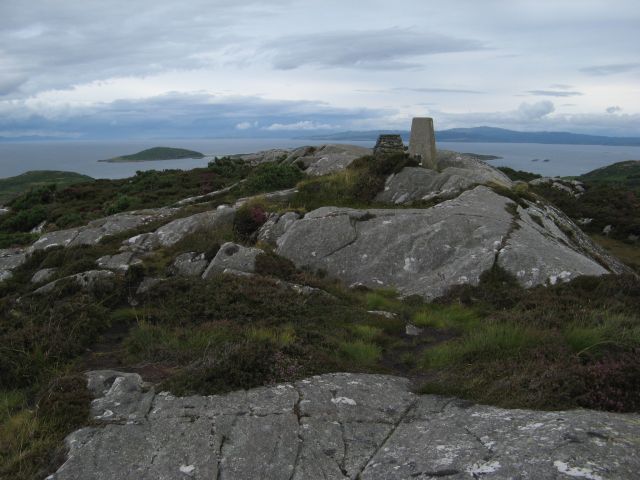


Acairseid na h-Uamhaidh Mòire is located at Grid Ref: NR6349 (Lat: 55.683398, Lng: -5.7663939)
Unitary Authority: Argyll and Bute
Police Authority: Argyll and West Dunbartonshire
What 3 Words
///instance.caressed.polite. Near Craighouse, Argyll & Bute
Related Wikis
Gigha
Gigha (; Scottish Gaelic: Giogha; Scots: Gigha) or the Isle of Gigha (and formerly Gigha Island) is an island off the west coast of Kintyre in Scotland...
Kilchattan Chapel
Kilchattan Chapel (St Cathan's Chapel) is a ruined medieval chapel near Ardminish, Isle of Gigha, Argyll and Bute, Scotland. Built in the 13th century...
Achamore House
Achamore House is a mansion on the Isle of Gigha, Scotland. It was built in 1884 for Lt-Col William James Scarlett, and the extensive gardens were laid...
Ardminish
Ardminish (Scottish Gaelic: Aird Mhèanais) is the sole village on the Isle of Gigha in the Inner Hebrides, in Argyll and Bute, Scotland, and considered...
Related Videos
SAILING Islay to Gigha | WALKING Creag Bhan | Sailing Scotland
A delightful journey from Port Ellen, Islay, to the charming Ardminish Bay in Gigha proved to be a short yet incredibly enjoyable ...
Isle of Gigha 😍 (4K)
Beautiful island, which world class scenic beaches, lovely gardens, and stunning scenery. Feel free to buy me a coffee for my ...
Water Scarcity - Keep The Water Flowing
With drier winters, hotter summers and a rapid increase in seasonal tourism, how does Scottish Water keep drinking water ...
Nearby Amenities
Located within 500m of 55.683398,-5.7663939Have you been to Acairseid na h-Uamhaidh Mòire?
Leave your review of Acairseid na h-Uamhaidh Mòire below (or comments, questions and feedback).
